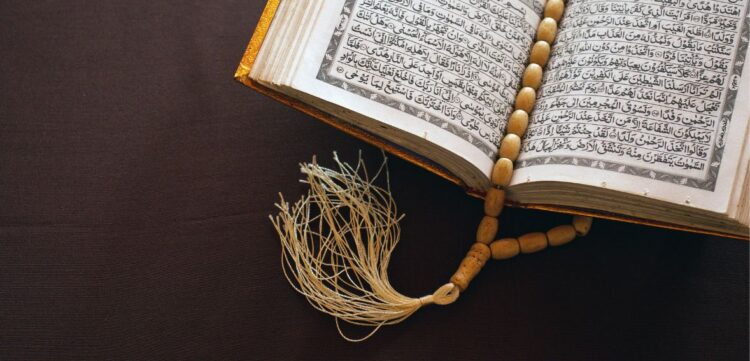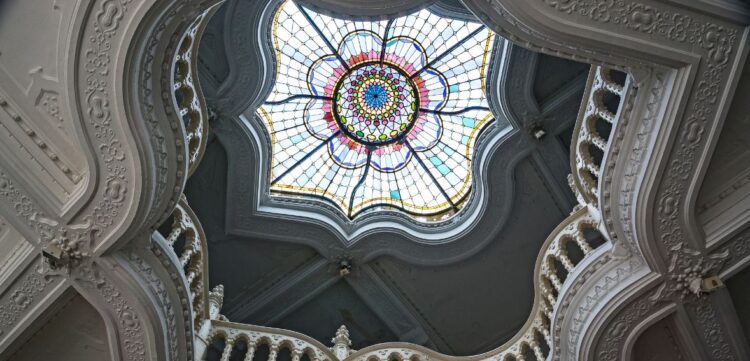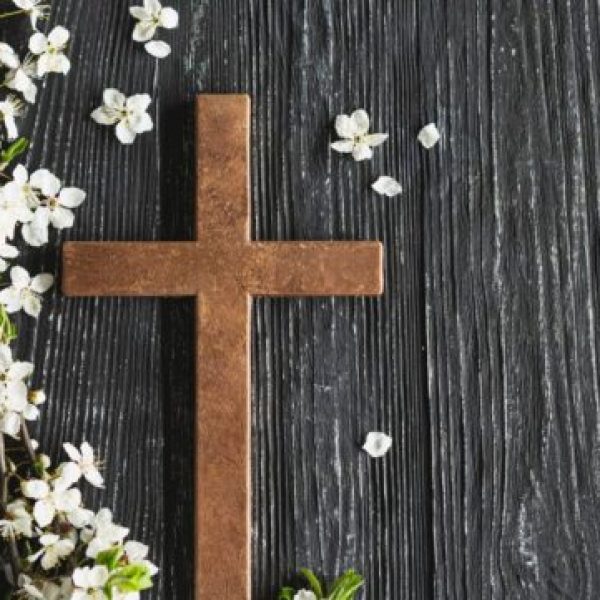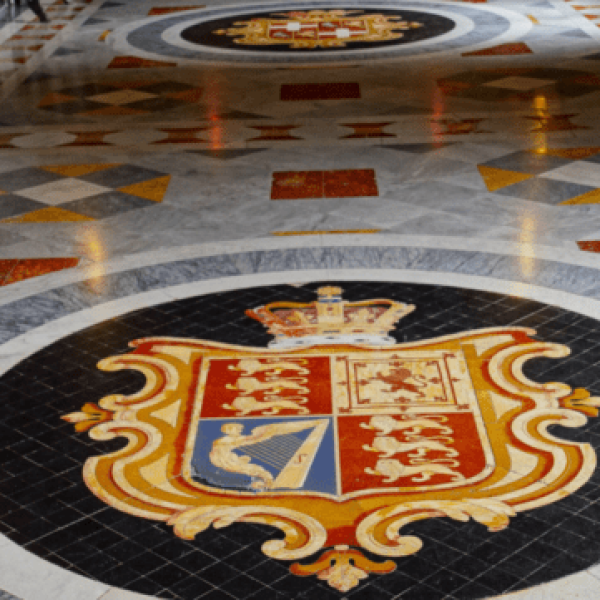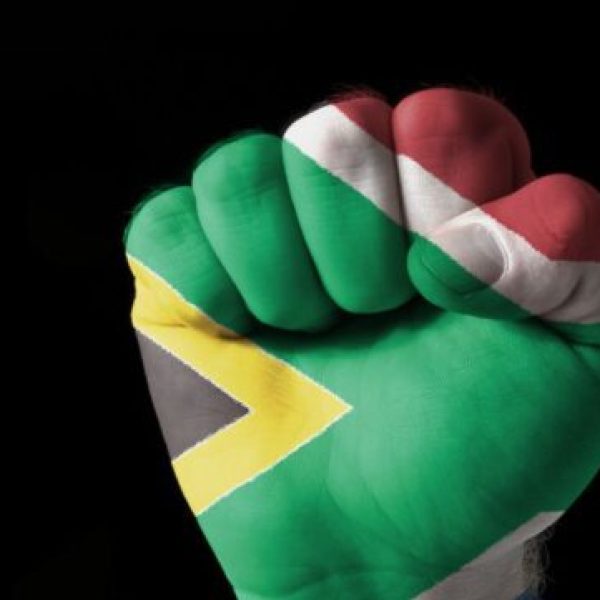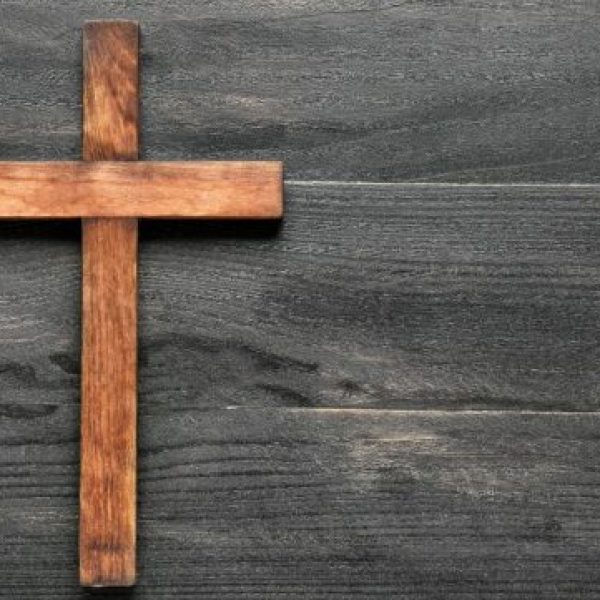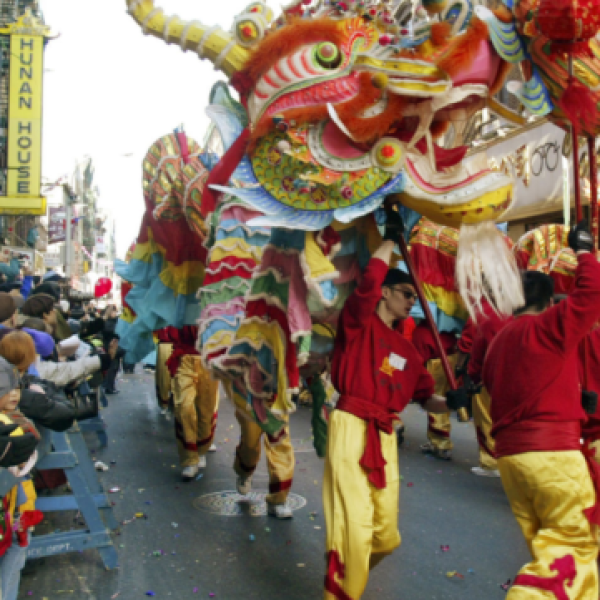Islamic calligraphy, often regarded as one of the most revered art forms within Islamic culture, transcends mere aesthetics to embody spiritual and divine significance. It represents a unique blend of artistry, devotion, and historical evolution, capturing the essence of Islamic teachings and cultural heritage. This article delves into the multifaceted world of Islamic calligraphy, exploring its history, role in art and culture, aesthetic elements, spiritual significance, and more, while highlighting the profound impact of Muslim symbols and meanings throughout its development.
By examining the rich tradition of Islamic calligraphy, we gain a deeper understanding of how Muslim symbols and meanings are intricately woven into the fabric of this art form, reflecting the spiritual and cultural values of the Islamic world.
History of Islamic Calligraphy from the Prophet Muhammad to Modern Times
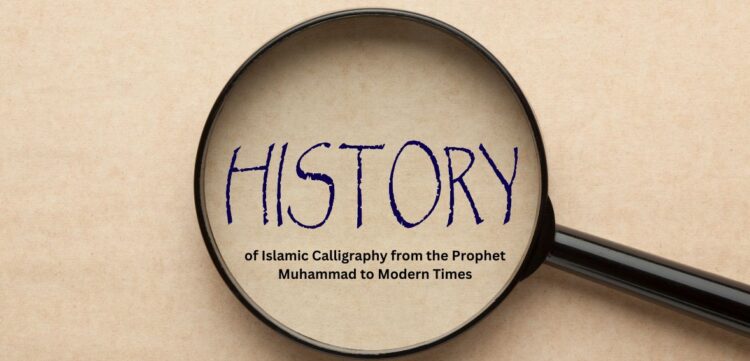
Islamic calligraphy traces its roots back to the 7th century, coinciding with the advent of Islam. The revelation of the Quran to the Prophet Muhammad in Arabic established the language as a sacred medium of divine communication. This profound connection between the Arabic script and the holy text laid the foundation for the development of calligraphy as an esteemed art form.
In the early Islamic period, the primary focus was on copying the Quran. The script known as Kufic, characterized by its angular and geometric style, emerged as the dominant form. As Islam expanded across regions, the calligraphic styles evolved, incorporating local artistic influences. The Abbasid era (750-1258 CE) marked a significant period of refinement and standardization of scripts, with the development of the cursive scripts such as Naskh and Thuluth.
The Ottoman Empire further elevated the art of calligraphy, with master calligraphers like Sheikh Hamdullah (1436-1520) and Hafiz Osman (1642-1698) contributing to its zenith. The intricate Diwani and Tughra scripts emerged during this period, used in official documents and royal decrees.
In modern times, Islamic calligraphy continues to evolve, blending traditional techniques with contemporary artistic expressions. Calligraphers like Ahmed Mustafa and Hassan Massoudy have pushed the boundaries of the art form, creating innovative compositions that resonate with both historical reverence and modern aesthetics.
Exploring the Vital Role of Calligraphy in Islamic Art and Culture
Islamic calligraphy holds a central position in Islamic art and culture, permeating various aspects of daily life and spiritual practice. Unlike representational art, which is often restricted in Islamic tradition, calligraphy serves as a visual embodiment of the divine word. It adorns mosques, manuscripts, ceramics, textiles, and coins, transforming ordinary objects into vessels of spiritual significance.
In religious contexts, calligraphy is used to transcribe the Quran and Hadith, ensuring the preservation and dissemination of sacred knowledge. The aesthetic beauty of the script enhances the reverence and contemplation associated with these texts. Quranic inscriptions on mosque walls and domes create a sacred ambiance, guiding worshippers in their spiritual journey.
In cultural contexts, calligraphy is a symbol of identity and heritage. It is celebrated in festivals, public spaces, and educational institutions. Calligraphic art forms like the Hilya, which describes the physical and moral attributes of the Prophet Muhammad, are cherished cultural artifacts.
Calligraphy also serves as a medium of personal expression and devotion. Many Muslims engage in calligraphy as a spiritual practice, reflecting on the divine names and attributes. The act of writing itself becomes an act of worship, fostering a deep connection with the divine.
The Aesthetic Elements of Islamic Calligraphy
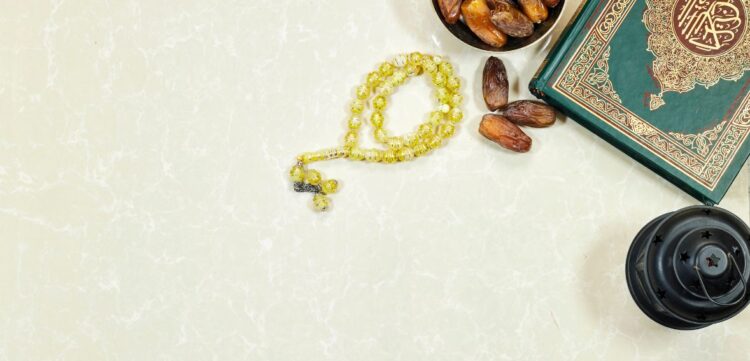
1. Fluidity and Harmony
Islamic calligraphy is renowned for its fluidity and harmony, achieved through the meticulous balance of form and space. The script flows with an organic grace, mirroring the natural rhythms of the world. Each letter is crafted with precision, ensuring a seamless continuity that evokes a sense of unity and order. The calligrapher’s skill lies in achieving this delicate balance, where the composition appears effortless yet meticulously structured.
2. Arabic Script
The Arabic script is the cornerstone of Islamic calligraphy, revered for its elegance and versatility. It consists of 28 letters, written from right to left, with each letter having multiple forms depending on its position in a word. The script’s cursive nature allows for a wide range of stylistic variations, from the geometric rigidity of Kufic to the fluid curves of Naskh and the ornate flourishes of Thuluth.
3. Emphasis on Diacritical Marks
Diacritical marks, known as harakat, play a crucial role in Arabic calligraphy, guiding pronunciation and meaning. These marks include dots, strokes, and other symbols placed above or below the letters. Calligraphers often use these marks creatively, integrating them into the overall design to enhance the visual rhythm and complexity of the composition.
4. Incorporation of Nature-Inspired Motifs
Islamic calligraphy often incorporates nature-inspired motifs, reflecting the deep connection between the divine and the natural world. Floral patterns, vine scrolls, and geometric designs are commonly integrated into calligraphic compositions, creating a harmonious blend of text and ornamentation. These motifs not only enhance the aesthetic appeal but also symbolize the infinite beauty and complexity of creation.
The Spiritual Significance of Islamic Calligraphy
Islamic calligraphy transcends mere artistic expression, embodying profound spiritual significance. It is seen as a form of visual dhikr (remembrance of God), where each stroke of the pen is an act of devotion and reflection. The calligrapher’s meticulous attention to detail and dedication to perfecting the script is considered a spiritual discipline, fostering patience, humility, and reverence for the divine.
The Quranic text, often the subject of calligraphic works, is believed to carry divine blessings (barakah). Writing and displaying Quranic verses are acts of piety, inviting spiritual protection and blessings into one’s life and surroundings. Calligraphy also serves as a medium for conveying divine wisdom, guiding individuals on their spiritual journey.
Moreover, the act of writing itself is imbued with spiritual symbolism. The qalam (reed pen) used by calligraphers is mentioned in the Quran as a tool of divine knowledge. The ink represents the fluidity of divine wisdom, while the paper symbolizes the receptive nature of the human heart. Through the interplay of these elements, the calligrapher channels divine inspiration into tangible form.
The Role of Calligraphers in Islamic Society
Calligraphers hold a revered position in Islamic society, entrusted with the sacred task of preserving and disseminating the divine word. Historically, they were esteemed members of the court, often serving as royal scribes and advisors. Their expertise extended beyond mere transcription to the design and decoration of manuscripts, architectural inscriptions, and official documents.
In educational contexts, calligraphers played a crucial role in teaching the art of writing and Quranic recitation. They were often associated with madrasas (Islamic schools) and Sufi orders, where they guided students in both spiritual and artistic disciplines. The transmission of calligraphic knowledge from master to apprentice ensured the continuity and evolution of the art form.
In contemporary society, calligraphers continue to be cultural ambassadors, bridging the gap between tradition and modernity. They participate in exhibitions, workshops, and cultural festivals, promoting the appreciation and understanding of Islamic calligraphy. Their works are celebrated not only for their aesthetic beauty but also for their profound spiritual and cultural significance.
Introduction to Some of the Most Famous Calligraphers in Islamic Civilization and Their Contributions
Islamic history boasts a rich lineage of master calligraphers who have made significant contributions to the art form. Their works continue to inspire and influence contemporary calligraphers, embodying the timeless beauty and spiritual depth of Islamic calligraphy.
1. Ibn Muqla (885-940 CE)
Ibn Muqla is often regarded as the father of Islamic calligraphy, credited with developing the foundational principles of proportional script. His invention of the “six pens” (al-aqlam al-sitta) systematized the art of calligraphy, establishing standards for various scripts, including Naskh, Thuluth, and Muhaqqaq. Ibn Muqla’s contributions laid the groundwork for the evolution of calligraphy in subsequent centuries.
2. Yaqut al-Mustasimi (d. 1298 CE)
Yaqut al-Mustasimi, a calligrapher of the Abbasid period, is celebrated for his refinement of the cursive scripts. He introduced subtle variations in the thickness of strokes, enhancing the elegance and fluidity of the script. Yaqut’s influence extended across the Islamic world, and his students disseminated his techniques, ensuring their lasting impact on the art form.
3. Sheikh Hamdullah (1436-1520 CE)
Sheikh Hamdullah, often referred to as the “master of the pen,” played a pivotal role in the Ottoman tradition of calligraphy. He perfected the scripts of Naskh and Thuluth, elevating their aesthetic appeal and readability. His works adorned mosques, manuscripts, and royal decrees, setting a standard for Ottoman calligraphy that persisted for centuries.
4. Mir Emad Hassani (1554-1615 CE)
Mir Emad Hassani, a Persian calligrapher, is renowned for his mastery of the Nasta’liq script, characterized by its fluid, sweeping curves. His compositions are celebrated for their grace and poetic beauty, often used in Persian literary and artistic works. Mir Emad’s influence extended beyond Persia, inspiring calligraphers in India and the Ottoman Empire.
Tools and Materials Used in Traditional Islamic Calligraphy
The practice of Islamic calligraphy involves a meticulous selection of tools and materials, each chosen for its unique properties and symbolic significance. The following key elements are essential to the traditional craft of calligraphy:
1. Qalam (Reed Pen)
The qalam is the primary tool used by calligraphers, traditionally crafted from reeds or bamboo. It is cut and shaped to create a nib of varying widths, allowing for different styles and thicknesses of strokes. The process of preparing a qalam is considered an art in itself, requiring precision and skill. The qalam’s ability to produce fluid, expressive lines makes it indispensable in the creation of calligraphic works.
2. Ink
Ink used in Islamic calligraphy is typically made from natural ingredients, including soot, gum arabic, and water. The quality of the ink is crucial, as it affects the fluidity and consistency of the strokes. Calligraphers often prepare their ink, ensuring it meets their specific requirements. The deep black hue of traditional ink symbolizes divine revelation, adding a layer of spiritual significance to the writing process.
3. Paper
The paper used in calligraphy must possess certain qualities, such as smoothness, durability, and absorbency. Traditionally, handmade paper was preferred, crafted from materials like linen or cotton. The preparation of paper involved treating it with starch or alum to create a smooth surface that would not bleed or feather. In some cases, parchment or vellum was used for high-quality manuscripts.
4. Miswak
Miswaak, a natural tooth-cleaning twig, holds a unique place in Islamic culture and calligraphy. It is used not only for oral hygiene but also as a tool for preparing ink and smoothing paper. The miswaak’s fibrous texture makes it ideal for blending and spreading ink, ensuring an even application. Its use in calligraphy underscores the connection between cleanliness, purity, and the creation of sacred art.
The Intersection Between Islamic Calligraphy and Architecture
Islamic calligraphy and architecture share a profound and symbiotic relationship, with calligraphic inscriptions often serving as integral elements of architectural design. The incorporation of calligraphy into buildings transforms them into spaces of spiritual and aesthetic significance, enhancing the overall experience of the viewer.
1. Mosque Architecture
Mosques are adorned with calligraphic inscriptions, often featuring Quranic verses, prophetic traditions, and divine names. These inscriptions are meticulously crafted and integrated into the architectural framework, embellishing domes, minarets, mihrabs (prayer niches), and walls. The calligraphy not only enhances the visual beauty of the mosque but also serves as a constant reminder of the divine presence, guiding worshippers in their spiritual reflections.
2. Palatial and Public Buildings
In palatial and public buildings, calligraphy is used to convey messages of power, authority, and cultural identity. Royal inscriptions, poetic verses, and historical records are often inscribed on facades, gates, and interiors. The calligraphic elements are harmoniously blended with other decorative arts, such as tilework, arabesques, and geometric patterns, creating a cohesive and visually stunning environment.
3. Funerary Architecture
Calligraphy also plays a significant role in funerary architecture, with inscriptions adorning tombs and mausoleums. These inscriptions often include Quranic verses, supplications, and biographical details of the deceased. The calligraphic compositions are designed to honor the departed and invoke divine mercy, transforming the tomb into a place of reverence and reflection.
4. Modern Architectural Applications
In contemporary architecture, Islamic calligraphy continues to inspire innovative designs and applications. Architects and designers incorporate calligraphic motifs into modern structures, blending traditional aesthetics with contemporary sensibilities. The use of calligraphy in public spaces, cultural centers, and artistic installations highlights its enduring relevance and adaptability.
Conclusion
Islamic calligraphy stands as a timeless testament to the fusion of artistic beauty and spiritual devotion. Its evolution from the early days of Islam to the present highlights the profound connection between the Arabic script and the divine word, illustrating the intricate relationship between language, art, and faith. As a central element of Islamic culture, calligraphy transcends mere visual appeal, serving as a vessel for sacred knowledge, personal expression, and cultural identity. The diverse styles and techniques developed over centuries reflect the rich tapestry of Islamic history, encompassing regional influences and the contributions of master calligraphers. This intricate art form is a key representation of Muslim symbols and meanings, capturing the essence of Islamic spirituality and cultural heritage.
In contemporary times, the significance of Islamic calligraphy extends beyond its traditional boundaries, finding new expressions in modern art and architecture. The enduring appeal of this art form lies in its ability to convey profound spiritual meanings through elegant and harmonious compositions. As calligraphers continue to innovate and reinterpret classic forms, Islamic calligraphy remains a vibrant and dynamic element of cultural heritage, bridging the past and the present while continuing to inspire awe and reverence in all who encounter its beauty.
The integration of Muslim symbols and meanings into various artistic and architectural contexts underscores the lasting influence and adaptability of Islamic calligraphy. This enduring legacy ensures that the spiritual and cultural significance of Muslim symbols and meanings continues to resonate with future generations.
Frequently Asked Questions
1. What is the significance of Arabic script in Islamic calligraphy?
Arabic script holds profound significance in Islamic calligraphy as it is the language of the Quran, the holy book of Islam. The script is revered for its elegance and versatility, allowing calligraphers to create a wide range of artistic styles that convey both spiritual and aesthetic beauty. Its use in calligraphy transcends mere writing, embodying divine communication and cultural heritage.
2. How did Islamic calligraphy evolve over the centuries?
Islamic calligraphy evolved from the angular Kufic script of the early Islamic period to more fluid and cursive styles like Naskh and Thuluth during the Abbasid era. The Ottoman Empire further refined these styles, with master calligraphers contributing to its zenith. In modern times, contemporary calligraphers blend traditional techniques with innovative expressions, keeping the art form dynamic and relevant.
3. What role does calligraphy play in Islamic art and culture?
Calligraphy is central to Islamic art and culture, adorning religious texts, mosques, and everyday objects, thus transforming them into vessels of spiritual significance. It serves as a visual embodiment of the divine word, enhancing the reverence and contemplation associated with sacred texts. Additionally, it symbolizes cultural identity and heritage, celebrated in festivals, public spaces, and personal expressions of faith.
4. What tools and materials are used in traditional Islamic calligraphy?
Traditional Islamic calligraphy utilizes tools like the qalam (reed pen), handmade paper, natural ink made from soot, gum arabic, and water, and sometimes the miswak for preparing ink. Each tool and material is chosen for its unique properties and symbolic significance, contributing to the creation of fluid, expressive, and spiritually meaningful calligraphic works.
5. How is Islamic calligraphy integrated into architecture?
Islamic calligraphy is intricately woven into architecture, enhancing the spiritual and aesthetic appeal of buildings. It adorns mosques, palatial structures, and public buildings, conveying messages of divine presence, power, and cultural identity. In modern architecture, calligraphic motifs are blended with contemporary designs, reflecting the enduring relevance and adaptability of this art form.


